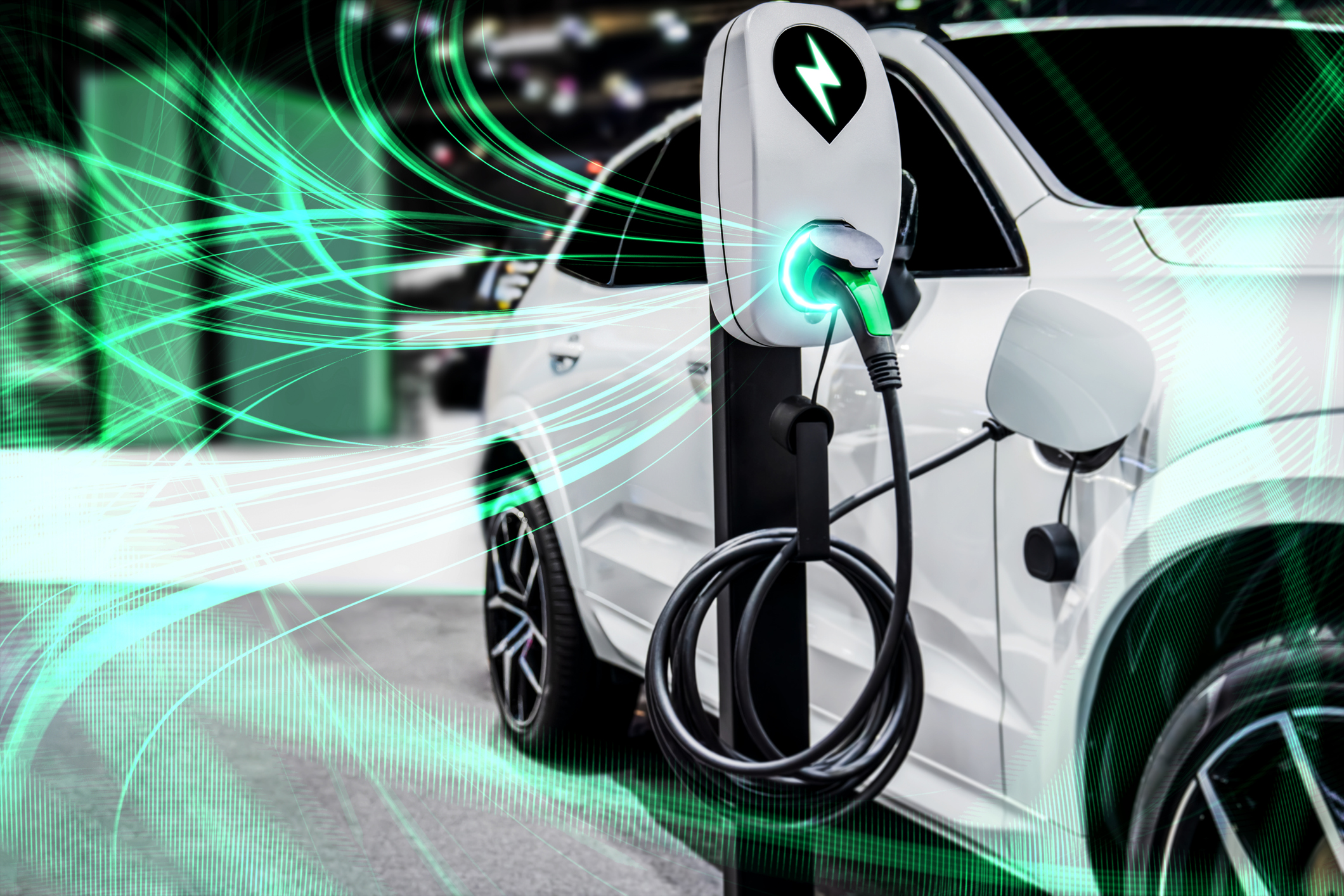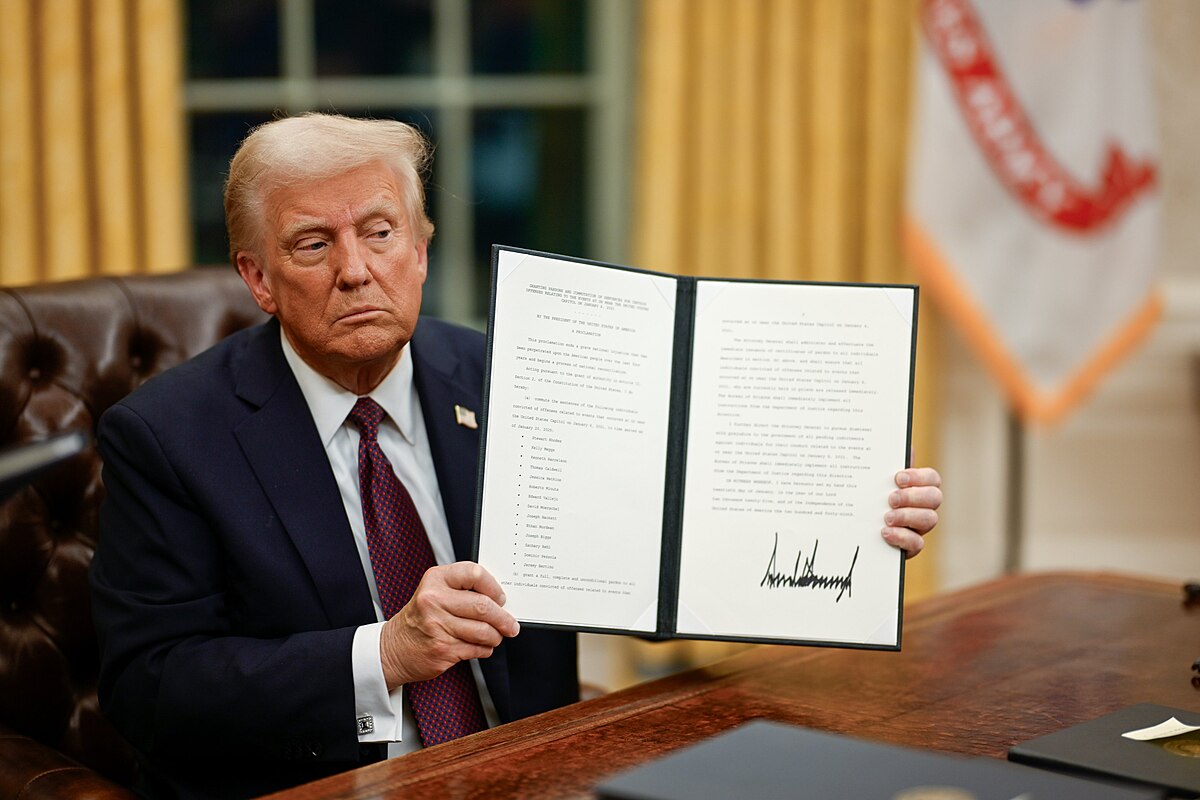Resistance To EV Mandates: Car Dealerships Push Back

Table of Contents
Financial Hurdles and Investment Costs
Dealerships face substantial financial barriers when adapting to EV mandates. These hurdles significantly impact their willingness to fully embrace electric vehicles.
Upfront Infrastructure Costs
Adapting to sell and service EVs requires significant upfront investment. Dealerships must upgrade their facilities to accommodate the unique needs of electric vehicles.
- High initial investment needed for charging infrastructure: Installing Level 2 and DC fast charging stations is expensive, requiring significant capital expenditure. The cost varies depending on the number of chargers, their power output, and the necessary electrical grid upgrades.
- Specialized tools and training required for EV battery maintenance and repair: EV batteries require specialized diagnostic tools and repair techniques different from those used for internal combustion engines (ICE). Training technicians on these new procedures adds to the financial burden.
- Uncertainty about return on investment due to fluctuating EV sales and government incentives: The success of EV sales is still uncertain, particularly in regions with less robust charging infrastructure or lower consumer adoption rates. The availability and level of government incentives also fluctuate, impacting the projected return on investment for these upgrades.
Inventory Management Challenges
The shift towards EVs presents unique inventory management challenges for dealerships.
- Higher storage costs due to the bulkier nature of EV batteries compared to combustion engines: EV batteries are larger and heavier than traditional gasoline engines, requiring more space for storage and potentially impacting warehouse capacity.
- Reduced profit margins on EVs compared to gasoline-powered vehicles in some cases: While this is changing, profit margins on EVs can be lower than on gasoline vehicles, especially in the early adoption stages, due to higher manufacturing costs or government pricing regulations.
- Increased risk of unsold inventory due to market uncertainty and evolving consumer preferences: The relatively new EV market remains volatile, and rapid technological advancements mean there’s a risk of inventory becoming outdated quickly.
Consumer Demand and Market Readiness
The success of EV mandates hinges on sufficient consumer demand, but current market realities present challenges.
Limited Consumer Adoption
Despite government incentives, consumer adoption of EVs varies significantly across regions.
- Range anxiety and charging infrastructure concerns continue to hinder EV adoption: Many potential buyers are concerned about the driving range of EVs and the availability of reliable charging infrastructure, especially in rural areas.
- High purchase price of EVs compared to ICE vehicles remains a barrier for many consumers: The upfront cost of EVs remains a significant hurdle for many, limiting affordability even with government subsidies.
- Lack of awareness about government incentives and available financing options: Many consumers are unaware of available financial support or financing options for purchasing EVs, hindering their ability to afford this technology.
Preference for Gasoline Vehicles
Many consumers still favor gasoline-powered vehicles due to various factors.
- Concerns over the availability and reliability of charging infrastructure: A lack of widespread, reliable charging infrastructure remains a major concern for many drivers.
- Perception of longer refueling times compared to gasoline vehicles: While charging technology is improving, the perception of longer refueling times compared to gasoline vehicles continues to deter some consumers.
- Concerns regarding the longevity and performance of EV batteries: Questions surrounding battery lifespan, performance degradation, and replacement costs remain a key factor influencing consumer preference.
Logistical and Training Challenges
Dealerships face significant logistical and training hurdles in adapting to the electric vehicle market.
Lack of Trained Technicians
A shortage of skilled EV technicians is a major obstacle.
- Need for specialized training programs to equip technicians with the necessary skills: Training existing mechanics and recruiting new talent with EV expertise requires significant investment in specialized training programs.
- Competition for skilled EV technicians from other industries: The demand for skilled EV technicians is high, leading to competition for talent from other sectors, driving up labor costs.
- Time-consuming training programs that may impact dealership productivity: Training takes time and resources, potentially impacting a dealership's efficiency and profitability during the transition period.
Supply Chain Disruptions
Supply chain disruptions impact the availability of EVs and parts.
- Delays in receiving EV shipments due to global supply chain bottlenecks: Global supply chain issues have caused significant delays in the delivery of EVs and crucial components.
- Uncertainty regarding the availability of critical EV components: The availability of battery cells, semiconductors, and other critical components remains unpredictable, causing inventory challenges for dealerships.
- Impact on inventory levels and customer satisfaction: Supply chain disruptions negatively affect inventory levels, leading to longer wait times for customers and potential dissatisfaction.
Conclusion
The resistance to EV mandates from car dealerships highlights the complex interplay of economic, logistical, and consumer-related factors influencing the transition to electric vehicles. While the push for EV adoption is crucial for environmental sustainability, addressing the valid concerns raised by dealerships through collaborative efforts is essential for a smooth and successful transition. Understanding the financial hurdles, market readiness issues, and training challenges will be key to fostering a supportive environment for dealerships to embrace the future of electric vehicles and avoid further resistance to EV mandates. Only by finding solutions that address these concerns can we ensure the effective implementation of EV mandates and accelerate the adoption of sustainable transportation. Open dialogue between policymakers, manufacturers, and dealerships is crucial to overcoming these challenges and successfully navigating the transition to electric mobility.

Featured Posts
-
 Rising Tensions The Impact Of Caravan Sites On A Uk City
May 10, 2025
Rising Tensions The Impact Of Caravan Sites On A Uk City
May 10, 2025 -
 Resistance To Ev Mandates Car Dealerships Push Back
May 10, 2025
Resistance To Ev Mandates Car Dealerships Push Back
May 10, 2025 -
 Iron Ore Price Drop Chinas Steel Output Restrictions Explained
May 10, 2025
Iron Ore Price Drop Chinas Steel Output Restrictions Explained
May 10, 2025 -
 Trump Executive Orders Impact On Transgender Individuals
May 10, 2025
Trump Executive Orders Impact On Transgender Individuals
May 10, 2025 -
 Leon Draisaitl Injury Oilers Star Out Against Winnipeg
May 10, 2025
Leon Draisaitl Injury Oilers Star Out Against Winnipeg
May 10, 2025
